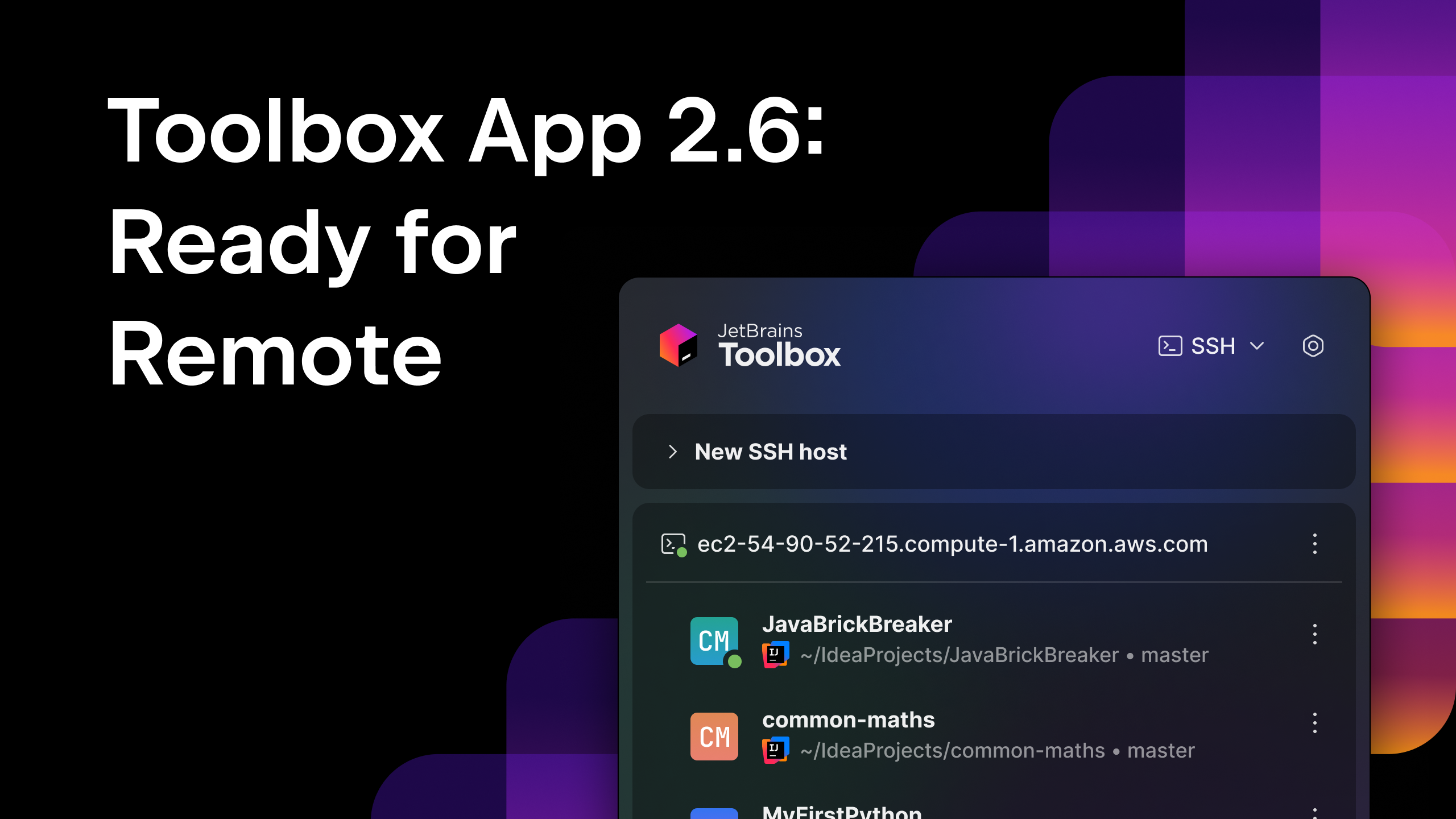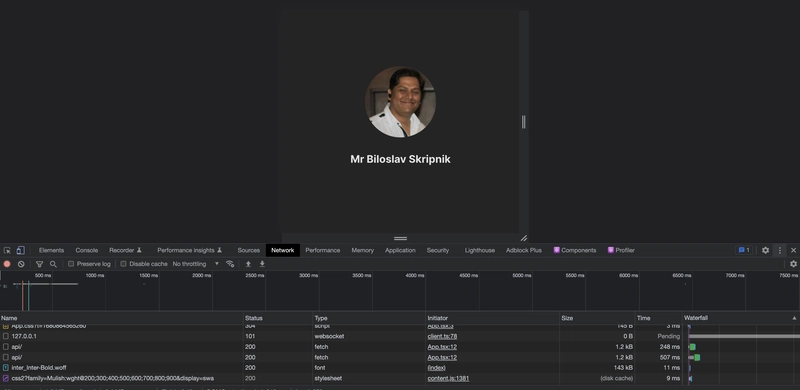The Rise of 'Vibe Packages' in Open Source Development
When AI-Driven Speed Meets Open Source Ecosystems In the world of open source, a strange new trend has emerged: the rise of “vibe packages.” These are libraries, SDKs, and API wrappers that pop up almost overnight – often crafted by enthusiastic junior developers riding high on AI code generators. They appear in droves on GitHub and package registries, tackling every API or service imaginable. At first glance, this sounds like a win for developer productivity and open source abundance. Who wouldn’t want more code available to solve problems? But scratch the surface, and you’ll find a Wild West of unlicensed copy-paste code, half-baked implementations, and forgotten repositories. In this post, we’ll explore what vibe packages are, why they’re spreading (especially in niche programming languages), and how the community is reacting – with equal parts excitement and eye-rolling. What Are "Vibe Packages"? “Vibe package” isn’t an official term – it’s a tongue-in-cheek label for the flood of quickly published libraries generated more for the vibe of coding than for any real production need. These packages are often: Created by junior developers with the help of AI coding tools. Thin wrappers around APIs with minimal (or no) testing. Rebranded copies of other projects, sometimes with the original comments and todos still in place. Missing licenses or published with inappropriate ones. The result? A sea of packages that look shiny but are often brittle, shallow, or ethically dubious. Niche Language Ecosystems: From Curated to Cluttered The impact is especially pronounced in smaller ecosystems like Fortran, Nim, or even Elixir. These languages used to have few but carefully maintained libraries. Now? API wrappers and SDKs appear for every new hot service—whether or not there’s a real need. For example: A wave of unofficial OpenAI SDKs popped up in Dart, Zig, Rust, even Fortran. Some projects are just AI-generated regurgitations of API docs. Entire structures are copy-pasted across languages with little adaptation or review. Where once developers had to build something from scratch, now they have to sift through clones and half-formed libraries. Case Study: The API Wrapper Gold Rush When OpenAI released their API, unofficial wrappers flooded GitHub in days. Dozens of "OpenAI for X" libraries emerged, often indistinguishable from each other and rarely production-ready. One example: a Fortran wrapper for OpenAI's API. It was impressive on paper—but under the hood, it was a minimal HTTP layer with zero error handling and no community engagement. Other wrappers: Skipped licensing. Borrowed structure and code directly from existing SDKs. Were generated, posted, and abandoned all in a weekend. The result? A cluttered ecosystem that confuses users, duplicates effort, and disincentivizes original maintainers. Community Reactions and Consequences Original Maintainers: Why Bother? For those who spent months building thoughtful libraries, it’s disheartening to see a thin GPT-generated wrapper get more stars. It leads to: Burnout. Reluctance to publish early versions. Extra work policing licenses and clones. Junior Devs: Confidence on Shaky Ground Publishing a library with AI’s help feels empowering—but it can lead to: False confidence in one's skills. Poor understanding of the codebase. Ethical gray areas when listing it on a resume. AI is a great assistant—but claiming generated code as your own without understanding it invites trouble down the line. Companies: Dependency Roulette An engineer finds a new wrapper that looks solid and integrates it into production. But: No tests. No maintenance. Security holes or leaks appear months later. Many vibe packages don’t survive real-world stress. Seasoned Devs: Holding Back Some are choosing not to release unless the project feels “enterprise-ready,” just to avoid being lumped in with low-effort clones. Others take the mentorship route: filing issues, offering feedback, or guiding enthusiastic newcomers into creating sustainable packages. Conclusion: Navigating the Vibe Package Era We’re in a golden age of code generation—but it’s also the noisiest. Developers of all skill levels are publishing more, faster. That’s not inherently bad. But if quantity outpaces quality, we risk drowning in mediocrity. If you’re a junior dev: Publish, but learn what you’re publishing. Take feedback seriously. Use AI as a stepping stone, not a crutch. If you’re a maintainer: Lead by example. Offer guidance, not gatekeeping. Consider new strategies for building and maintaining community trust. If you're part of a team: Vet your dependencies. Check for licenses, commits, tests, and maintainers. Don’t trust the README at face value. AI has made it easier to ship. But it’s still up to us to build wisely, publish responsibly, and guide o
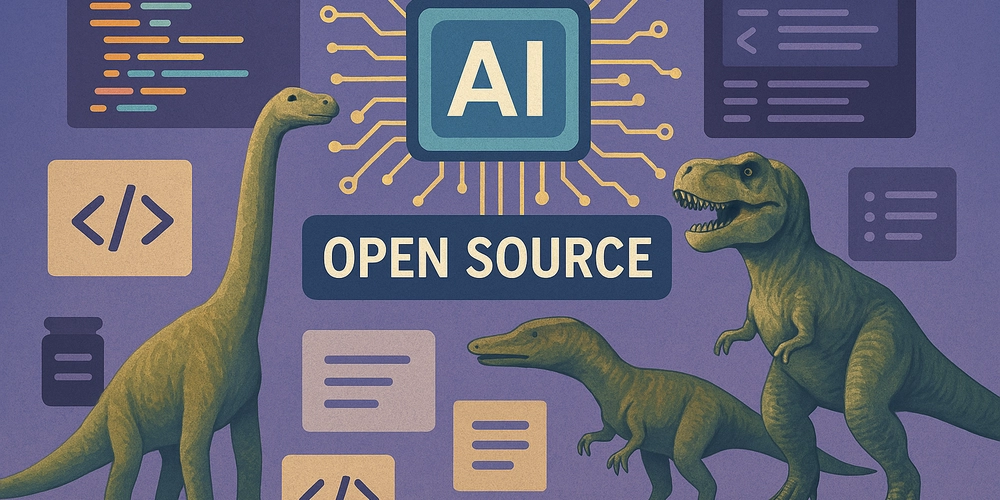
When AI-Driven Speed Meets Open Source Ecosystems
In the world of open source, a strange new trend has emerged: the rise of “vibe packages.” These are libraries, SDKs, and API wrappers that pop up almost overnight – often crafted by enthusiastic junior developers riding high on AI code generators. They appear in droves on GitHub and package registries, tackling every API or service imaginable.
At first glance, this sounds like a win for developer productivity and open source abundance. Who wouldn’t want more code available to solve problems? But scratch the surface, and you’ll find a Wild West of unlicensed copy-paste code, half-baked implementations, and forgotten repositories. In this post, we’ll explore what vibe packages are, why they’re spreading (especially in niche programming languages), and how the community is reacting – with equal parts excitement and eye-rolling.
What Are "Vibe Packages"?
“Vibe package” isn’t an official term – it’s a tongue-in-cheek label for the flood of quickly published libraries generated more for the vibe of coding than for any real production need.
These packages are often:
- Created by junior developers with the help of AI coding tools.
- Thin wrappers around APIs with minimal (or no) testing.
- Rebranded copies of other projects, sometimes with the original comments and todos still in place.
- Missing licenses or published with inappropriate ones.
The result? A sea of packages that look shiny but are often brittle, shallow, or ethically dubious.
Niche Language Ecosystems: From Curated to Cluttered
The impact is especially pronounced in smaller ecosystems like Fortran, Nim, or even Elixir. These languages used to have few but carefully maintained libraries. Now? API wrappers and SDKs appear for every new hot service—whether or not there’s a real need.
For example:
- A wave of unofficial OpenAI SDKs popped up in Dart, Zig, Rust, even Fortran.
- Some projects are just AI-generated regurgitations of API docs.
- Entire structures are copy-pasted across languages with little adaptation or review.
Where once developers had to build something from scratch, now they have to sift through clones and half-formed libraries.
Case Study: The API Wrapper Gold Rush
When OpenAI released their API, unofficial wrappers flooded GitHub in days. Dozens of "OpenAI for X" libraries emerged, often indistinguishable from each other and rarely production-ready.
One example: a Fortran wrapper for OpenAI's API. It was impressive on paper—but under the hood, it was a minimal HTTP layer with zero error handling and no community engagement.
Other wrappers:
- Skipped licensing.
- Borrowed structure and code directly from existing SDKs.
- Were generated, posted, and abandoned all in a weekend.
The result? A cluttered ecosystem that confuses users, duplicates effort, and disincentivizes original maintainers.
Community Reactions and Consequences
Original Maintainers: Why Bother?
For those who spent months building thoughtful libraries, it’s disheartening to see a thin GPT-generated wrapper get more stars. It leads to:
- Burnout.
- Reluctance to publish early versions.
- Extra work policing licenses and clones.
Junior Devs: Confidence on Shaky Ground
Publishing a library with AI’s help feels empowering—but it can lead to:
- False confidence in one's skills.
- Poor understanding of the codebase.
- Ethical gray areas when listing it on a resume.
AI is a great assistant—but claiming generated code as your own without understanding it invites trouble down the line.
Companies: Dependency Roulette
An engineer finds a new wrapper that looks solid and integrates it into production. But:
- No tests.
- No maintenance.
- Security holes or leaks appear months later.
Many vibe packages don’t survive real-world stress.
Seasoned Devs: Holding Back
Some are choosing not to release unless the project feels “enterprise-ready,” just to avoid being lumped in with low-effort clones.
Others take the mentorship route: filing issues, offering feedback, or guiding enthusiastic newcomers into creating sustainable packages.
Conclusion: Navigating the Vibe Package Era
We’re in a golden age of code generation—but it’s also the noisiest. Developers of all skill levels are publishing more, faster. That’s not inherently bad. But if quantity outpaces quality, we risk drowning in mediocrity.
If you’re a junior dev:
- Publish, but learn what you’re publishing.
- Take feedback seriously.
- Use AI as a stepping stone, not a crutch.
If you’re a maintainer:
- Lead by example.
- Offer guidance, not gatekeeping.
- Consider new strategies for building and maintaining community trust.
If you're part of a team:
- Vet your dependencies.
- Check for licenses, commits, tests, and maintainers.
- Don’t trust the README at face value.
AI has made it easier to ship. But it’s still up to us to build wisely, publish responsibly, and guide others in doing the same.
Because in the end, not all that glitters is gold. Sometimes it’s just polished copy-paste. And the best vibe? One that lasts.






























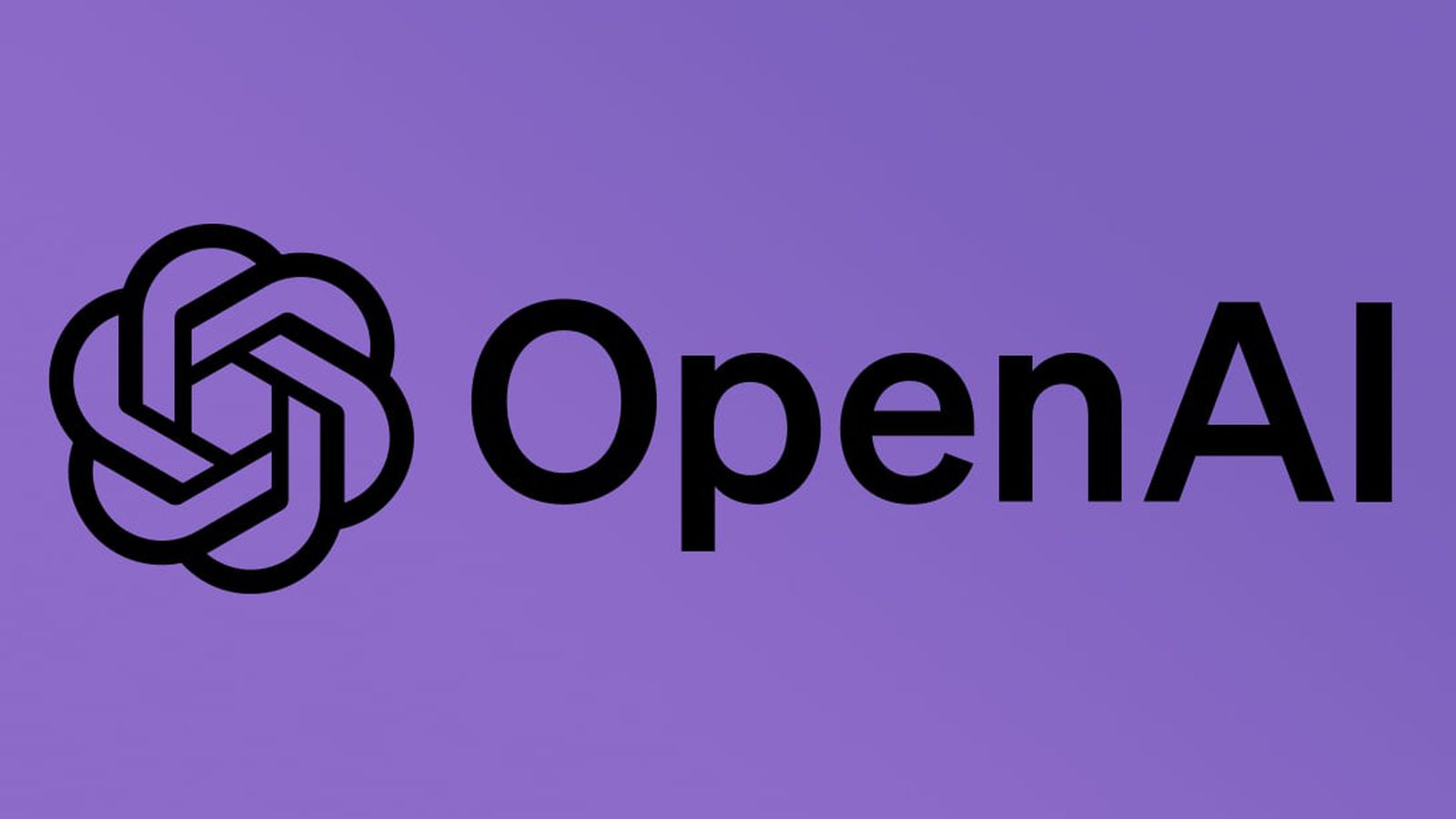


























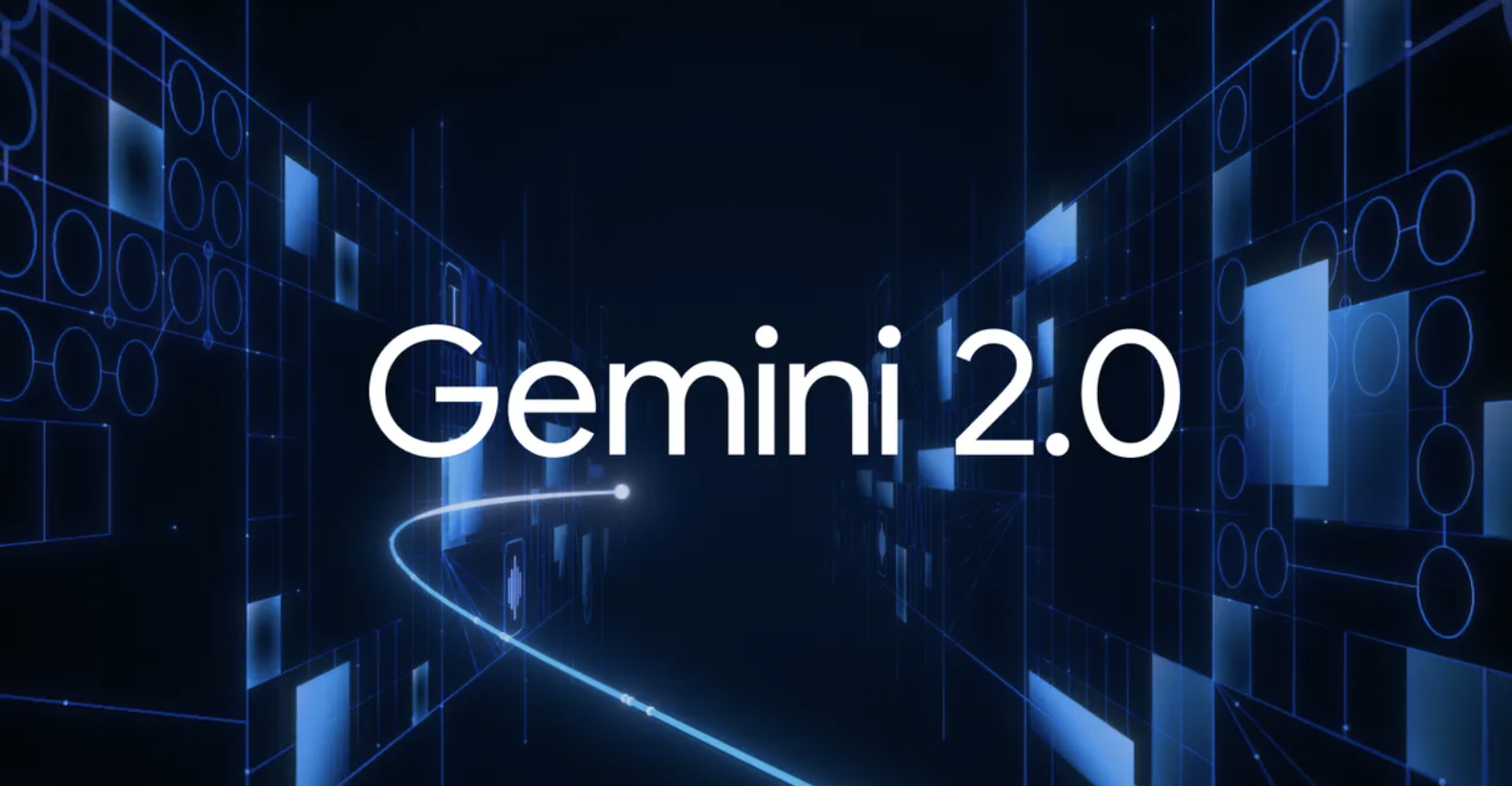









![Apple to Split Enterprise and Western Europe Roles as VP Exits [Report]](https://www.iclarified.com/images/news/97032/97032/97032-640.jpg)
![Nanoleaf Announces New Pegboard Desk Dock With Dual-Sided Lighting [Video]](https://www.iclarified.com/images/news/97030/97030/97030-640.jpg)
![Apple's Foldable iPhone May Cost Between $2100 and $2300 [Rumor]](https://www.iclarified.com/images/news/97028/97028/97028-640.jpg)




























































































































































































![[The AI Show Episode 144]: ChatGPT’s New Memory, Shopify CEO’s Leaked “AI First” Memo, Google Cloud Next Releases, o3 and o4-mini Coming Soon & Llama 4’s Rocky Launch](https://www.marketingaiinstitute.com/hubfs/ep%20144%20cover.png)




























































































































